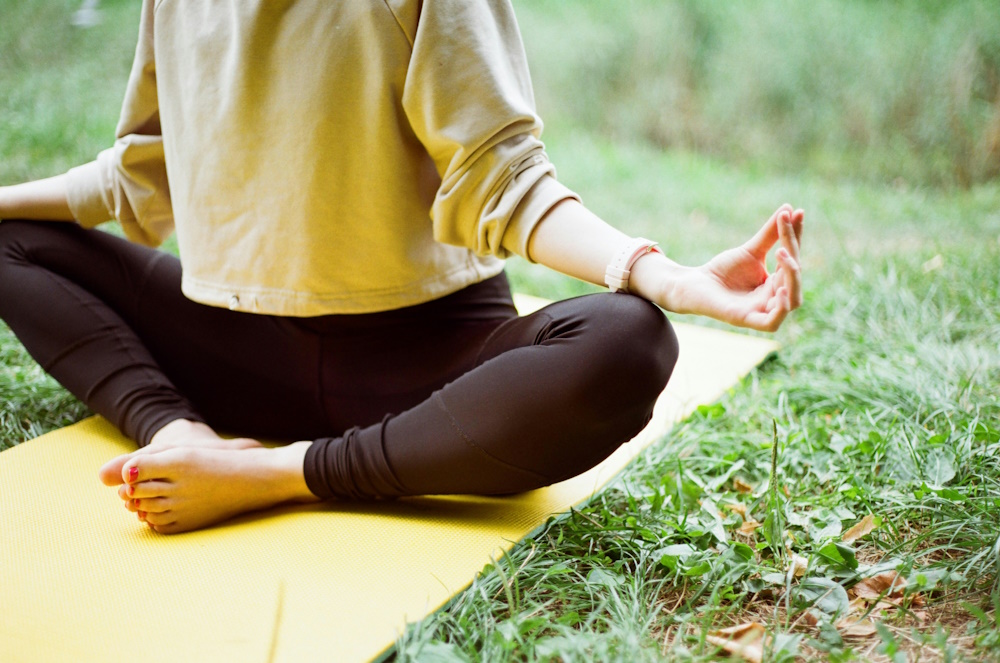Pilates is a versatile and effective form of exercise that can be performed using various pieces of equipment. Whether you’re a beginner or an experienced practitioner, understanding the equipment used in Pilates is essential for getting the most out of your workouts. In this guide, we will explore the equipment needed to start Pilates, the most popular pieces of Pilates equipment, and the recommended duration of daily Pilates practice.
What equipment do I need to start Pilates?
One of the appealing aspects of Pilates is its versatility, as it can be done with little to no equipment. However, there are certain tools that can enhance your Pilates practice. Here’s what you need to start Pilates:
· Mat: A good quality Pilates or yoga mat is the foundation for most Pilates exercises. It provides cushioning and support during floor-based movements. Mats come in various thicknesses, so choose one that offers the comfort you need.
· Resistance Bands: Resistance bands, or exercise bands, are versatile and cost-effective tools. They add resistance to exercises, making them more challenging. You can use them to target various muscle groups and add intensity to your Pilates routines.
· Pilates Ring (Magic Circle): This is a flexible ring made of rubber or metal with handles on the sides. It’s used to add resistance to both leg and arm exercises, helping to engage muscles and improve overall strength.
· Pilates Ball: A small inflatable ball is excellent for targeting core muscles and enhancing stability. It can be used for a variety of exercises to improve balance and strength.
· Pilates Reformer (Optional): While not necessary for beginners, the Pilates reformer is a popular piece of equipment found in Pilates studios. It offers a wide range of exercises, allowing you to work on resistance, flexibility, and balance. Reformer classes are often available in Pilates studios, but they can be costly.
Starting with a mat and basic props like resistance bands, a Pilates ring, and a Pilates ball can provide an excellent foundation for your Pilates practice. As you progress, you may explore additional equipment to diversify your workouts.
What is the most popular piece of Pilates equipment?
The most popular piece of Pilates equipment is undoubtedly the Pilates Reformer. The Reformer is a versatile apparatus that combines a moving carriage with various spring tensions, providing both resistance and support for a wide range of exercises.
The key features of the Pilates Reformer include:
· Spring Resistance: The reformer has springs that can be adjusted to vary resistance levels, making it suitable for users of all fitness levels. It can be made more or less challenging as needed.
· Sliding Carriage: The carriage moves smoothly along the frame, allowing for controlled and precise movements. Users can perform both pulling and pushing exercises to target different muscle groups.
· Straps and Handles: Straps and handles attached to the carriage provide a means for the user to perform exercises for the arms, legs, and core. These can be used in various ways to create different movement patterns.
· Footbar: The footbar at the end of the reformer offers additional exercise options, including leg presses and stretches.
While the Pilates Reformer is highly popular and versatile, it’s worth noting that it may not be accessible for everyone due to its size and cost. However, many fitness studios and Pilates centers offer classes with reformers, allowing individuals to experience the benefits of this equipment without the need to invest in one personally.
Is 20 minutes of Pilates a day enough? Is 30 minutes of Pilates a day enough exercise?
The appropriate duration of your daily Pilates practice depends on your fitness goals, your overall exercise routine, and the intensity of your Pilates workouts. Here’s how to determine whether 20 or 30 minutes of Pilates is enough for you:
· Consistency: Consistency is key in Pilates. Regular practice, even for shorter durations, can yield benefits. If you can commit to daily 20 or 30-minute sessions, you’ll see improvements in core strength, flexibility, and posture over time.
· Intensity: The intensity of your Pilates workout matters. If you perform high-intensity Pilates exercises for 20 minutes, it can be a substantial workout. On the other hand, a 30-minute session of gentle, low-intensity Pilates may not provide the same cardiovascular benefits.
· Fitness Goals: Consider your fitness goals. If you aim to build significant strength, you might need longer, more intensive sessions. However, if your goal is to maintain flexibility and overall wellness, shorter daily sessions can suffice.
· Balance: Pilates can be part of a balanced exercise routine. If you combine it with other forms of exercise, like cardio and strength training, 20-30 minutes of Pilates can be a valuable addition.
In summary, both 20 and 30 minutes of daily Pilates can be effective, depending on your goals and the intensity of your workouts. Shorter, more intense sessions can provide significant benefits, while longer, low-intensity sessions contribute to overall well-being. The key is to maintain consistency and tailor your Pilates practice to your specific needs and objectives.
